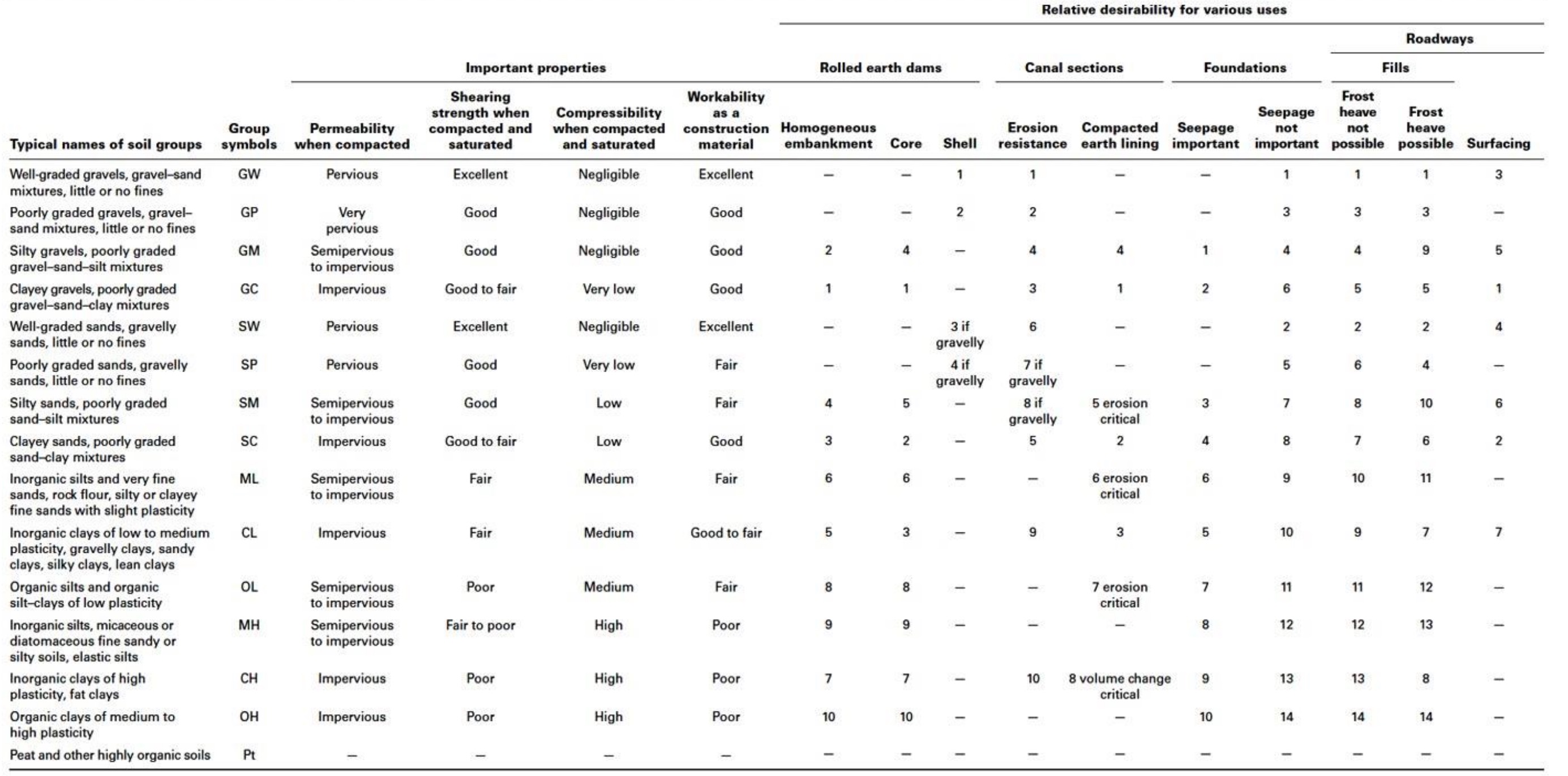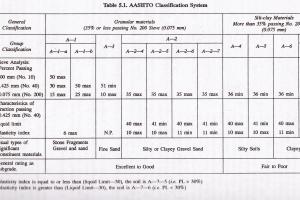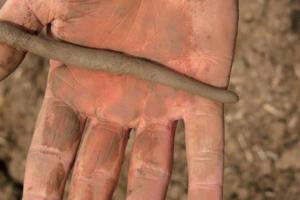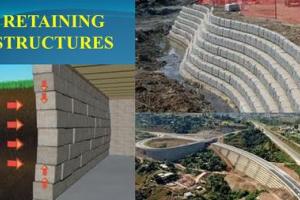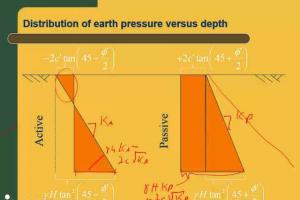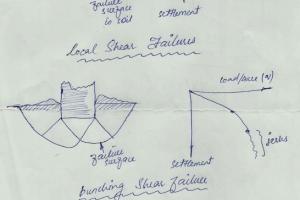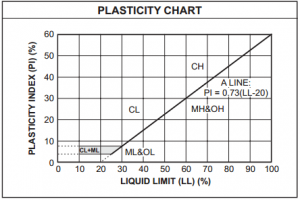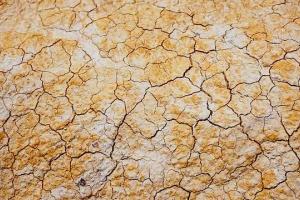Classification of Soil on Particle Size & Moisture Content Basis
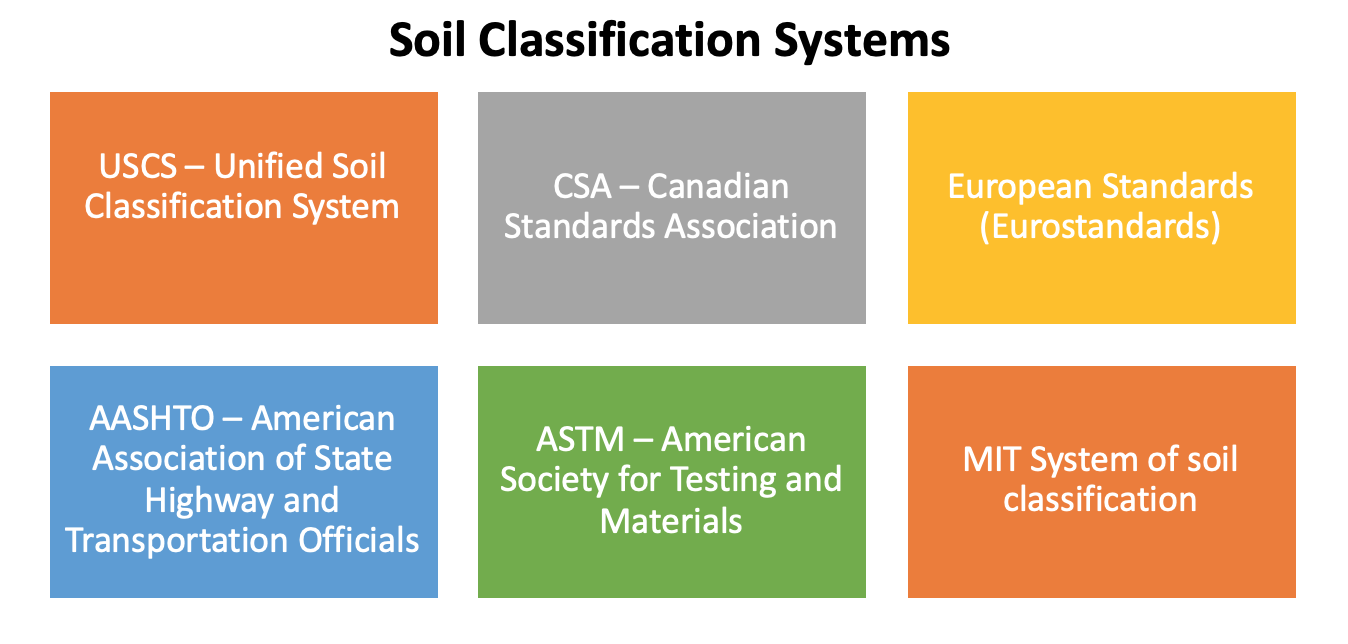
Soil classification is a useful engineering tool to assess qualitatively the behavior of a soil and its use as a construction material. In this article you will learn how to classify soils and understand how to interpret the use of soils based on their classification. These soil classification systems help engineers to make decisions about the suitability of different soils for different uses and applications. Following are some of the standards for classification of soil:
- USCS – Unified Soil Classification System
- CSA – Canadian Standards Association
- European Standards (Euro-standards)
- AASHTO – American Association of State Highway and Transportation Officials
- ASTM – American Society for Testing and Materials
Classification of Soil based on Moisture Content
Dry Soil
Saturated Soil
A saturated soil is a two phase material consisting of a soil skeleton and voids which are saturated with water. It is reasonable to expect that the behavior of an element of such a material will be influenced not only by the forces applied to its surface but also by the water pressure of the fluid in the pores. Suppose that a soil sample having a uniform cross sectional area A is subjected to an applied load W, then it is found that the soil will deform. If however, the sample is loaded by increasing the height of water in the containing vessel, then no deformation occurs.
Partially Saturated Soil
Classification of Soil based on Particle Size
|
Gravel |
Sand |
Silt |
Clay |
||||||||
|
Coarse |
Medium |
Fine |
Coarse |
Medium |
Fine |
Coarse |
Medium |
Fine |
Coarse |
Medium |
Fine |
|
60 |
20 |
6 |
2 |
0.6 |
0.2 |
0.06 |
0.02 |
0.006 |
0.002 |
0.0006 |
0.0002 |
Table 1. Particle size boundaries
- Boulders
- Cobbles
- Gravel
- Sand
- Silt
- Clay
- Organic Soil
Particle Size Classification of Soil
There are two soil classification systems in common use for engineering purposes. The Unified Soil Classification System is used for virtually all geotechnical engineering work except highway and road construction, where the AASHTO Classification of Soil is used. Both systems use the results of grain size analysis and determinations of Atterberg limits to determine soil’s classification. Soil components may be described as gravel, sand, silt, or clay. A soil comprising one or more of these components is given a descriptive name and a designation consisting of letters or letters and numbers which depend on the relative proportions of the components and the plasticity characteristics of the soil.

-
MIT System of soil classification
-
AASHTO classifications of soils
-
USCS Soil Classification System
AASHTO Soil Classification
The AASHTO system classifies soils into seven primary groups, named A-1 through A-7, based on their relative expected quality for road embankments, sub-grades, sub-bases, and bases. Some of the groups are in turn divided into subgroups, such as A-1-a and A-1-b. Furthermore, a Group Index may be calculated to quantify a soil’s expected performance within a group. To determine a soil’s classification in the AASHTO system, one first determines the relative proportions of gravel, coarse sand, fine sand, and silt-clay. See: Road Section
USCS Soil Classification System
The Unified Soil Classification System is based on the airfield classification system developed by Casagrande during World War II. With some modification it was jointly adopted by several U.S. government agencies in 1952. Additional refinements were made and it is currently standardized as ASTM D 2487-93. It is used in the U.S. and much of the world for geo-technical work other than roads and highways. In the unified system soils are designated by a two-letter symbol: the first identifies the primary component of the soil, and the second describes its grain size or plasticity characteristics. For example, poorly graded sand is designated SP and low plasticity clay is CL.
Classification of Soil for Engineering Purposes
